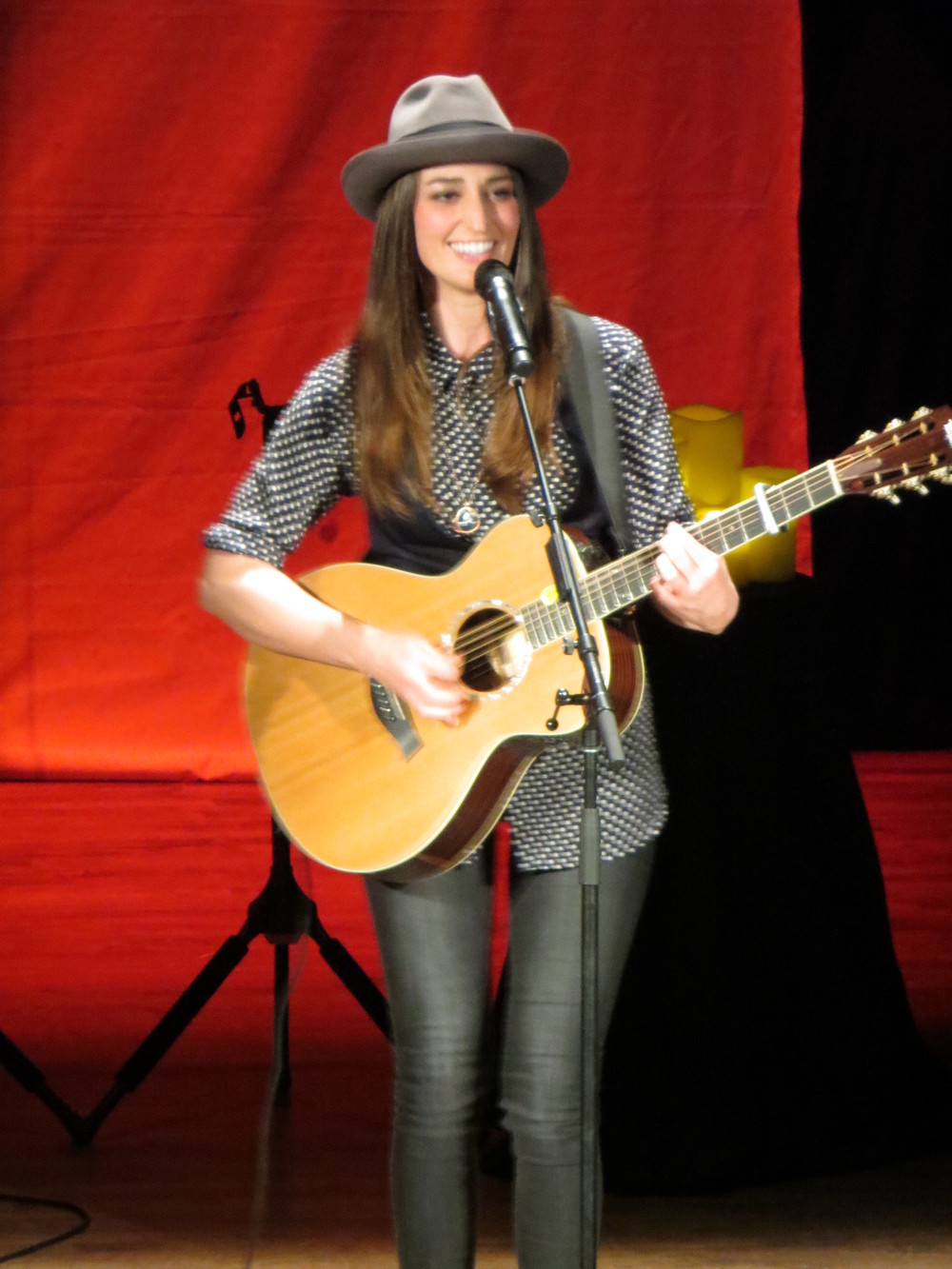Song Forms: Doing away with AABA
Paul Simon once wrote the lyric, “I seem to lean on old familiar ways.” And so it is for most songwriters, Simon included. When it comes to song structure, inertia is strong, and few writers deviate substantially from one of two general song forms: AABA (most jazz songs follow this format, many show tunes, and several pop songs as well. Think “Yesterday” by the Beatles) and, with modest modifications, ABAB (more identifiable as verse, chorus, verse, chorus, often adding a bridge after the second chorus). Composers do it almost without thought, which makes exceptions all the more impressive. Sure, it might not take a genius to write a song with the form ABCDCBA, but it’s not something that occurs to most people, so in that sense, maybe it does take a genius to compose a song in an interesting format, if only because no one else thought to do it.
Which means maybe JamesTaylor is a genius. His 1991 song, “Shed a Little Light,” follows that song form – ABCDCBA - and somehow makes it flow nicely and memorably. You would think after four sections foregoing repetition, the listener would be left to flounder, lost in a sea of unfamiliarity, but JT pulls it off impressively. Most listeners probably aren’t even aware that the song is proceeding to unexplored territory; they’re only aware that the song continues to move forward, to gain momentum, before reversing the momentum and slowing to a halt, as if completing a four-minute train ride.
Of course, composers don’t need to go to these lengths to inject new life into their songwriting. Even slight alterations from the standard formats can be inspiring. For example, instead of following a format such as verse – chorus – verse – chorus – bridge – chorus, what about pushing the bridge up, or repeating it, or adding a second unique bridge? Elvis Costello does a particular good job of mixing up song sections. Consider the following song from his 1994 release: Brutal Youth:
“London’s Brilliant Parade”
Verse – Chorus – Bridge – Verse – Chorus – Verse – Chorus
ABCABAB
What I particularly like is the addition of a bridge immediately after the chorus, delaying the return to a verse. I borrowed this technique for my song, “No Point In Seeing Me Through” from my album Pause. After the first chorus I go to a bridge before returning to the verse. To me, this keeps the song moving forward, plus I add a modulation up a step for the final verse before returning to the original key for the final chorus.
Costello song forms deviate even further in some of his compositions by repeating a bridge or by adding a second bridge (The labels of the song sections I use here are relatively irrelevant, and likely disputable, for in some of these songs each of the sections carry nearly equal weight):
“The Other Summer Side”
Verse – Chorus – Bridge – Chorus – Bridge – Verse – Chorus
ABCBCAC
“All Grown Up”
Verse – Chorus – Bridge – Chorus – Different Bridge – Verse – Chorus – Different Bridge
ABCBDABD
Even a successful song, like Costello’s modest 1989 hit, “Veronica,” can depart from the usual fare. Here, Costello and Paul McCartney inject the bridge in a different place: after the second verse. A very unusual tactic, but, in my find, an effective one.
“Veronica”
Verse – Chorus- Verse – Bridge – Chorus – Verse –Chorus
ABACAB
It’s odd that in light of these and countless other examples, so many songwriters – me included – continue to follow the formats we’ve grown accustomed to over the years. Perhaps it’s time to try a little harder to mix things up.
